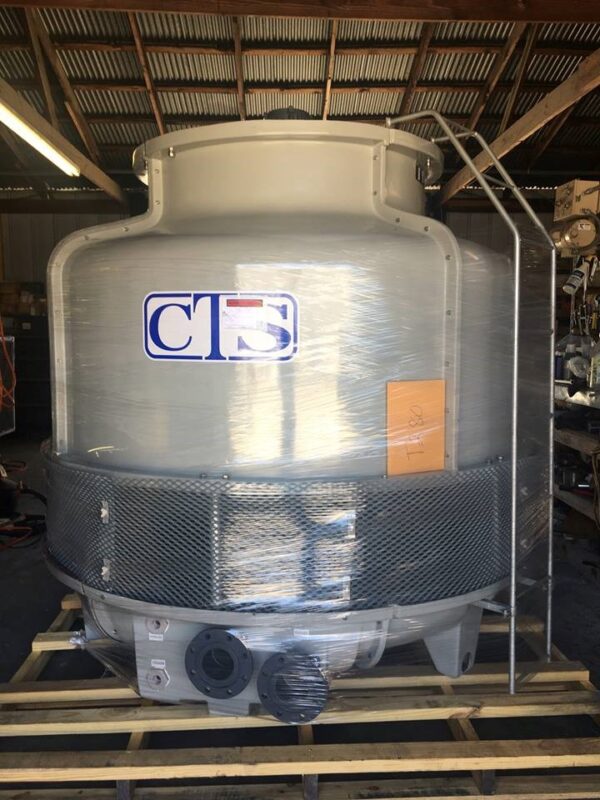A cooling tower seems to be a tool that removed heat that emits industrial waste temperature into the environment using liquid. Similarly to this, an industrial cooling tower works by dissipating the water’s heat through the evaporation of a little bit of water that is pumped inside the device. Warm water cools when it is combined with colder air, which produces heat of vaporization. One might see a square unit having fans on the upper of the building beneath if someone ever glances down at a condominium structure. It’s a cooling tower manufactured for water.
What is the cooling tower’s mechanism?
To lower the temperature of the water, air, and water, are brought into close contact here. A tiny amount of water is evaporated during this process, which results in a cooling action. Cooled The cooled is then pushed back to the condenser or other processing equipment, where heat is absorbed. The temperature of the water is lowered as a result of being pushed back to the cooling tower to be cooled once more.
Which Material Is Ideal For A Cooling Tower?
Metal, fiberglass, and plastic are the three main materials used to construct water-cooled systems. As you are aware, metal can corrode and rust, and with time, anything inside of it may start to leak. Unsurprisingly, a metal cooling tower only has an average lifespan of up to 15 years and needs regular maintenance with epoxy paint and coatings. Your company may experience downtime as a result of that maintenance. This is the reason that modern technology is replacing metal. Although a preferable option to metal, fiberglass cooling tower manufacturers still have a tendency to crack and deteriorate, which can result in increased maintenance expenses over the long term.
Cooling tower advantages
Cooling towers are a crucial part of many different businesses and factories. Let’s look at some of the main advantages of cooling towers that are covered below to learn more about their advantages:
- System Efficiency: The plant runs smoothly because the circulating water is continuously cooled.
- Reduced Maintenance: Because there are high tensile strength and corrosion-resistant parts, maintenance is not as necessary.
- Life of System: Because the cooling tower runs continually, despite difficult weather conditions, the system’s life is prolonged.
- Reduced Energy Consumption: Cooling towers with low-speed motors use the most air possible for evaporation. Recirculating water keeps the system clean, enables it to operate at peak efficiency, and uses less energy overall while producing superior results.
- Water Savings: Cooling towers can conserve a significant quantity of water by using an efficient drift eliminator system and air intake louvers.
Wrap-Up
Cooling towers are specialized heat exchangers that produce cooling by bringing water and air into contact, as opposed to the typical conduction-convection heat transfer of shell and tube heat exchangers. Both sensible heat transfer and evaporative cooling are used to produce this cooling.
Depending on how they generate airflow, how water flows into the air, how they transfer heat, and how they are built, cooling towers can be of several varieties. Each of these categories has a unique set of benefits and drawbacks.

